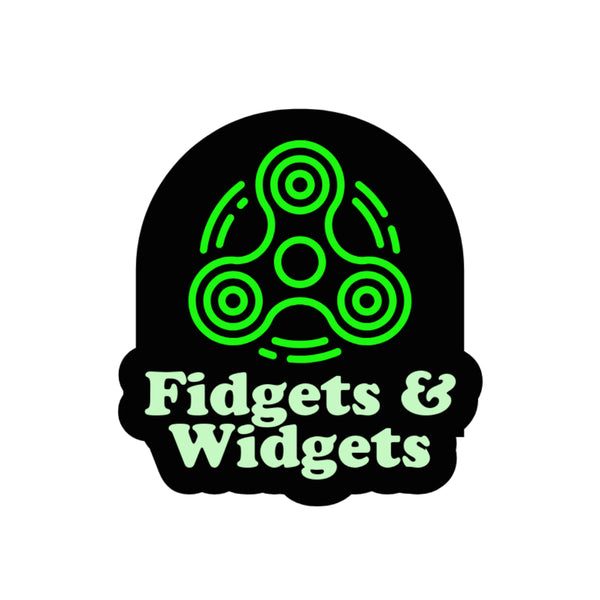
Pain Stimming: Understanding the Need for Intense Sensory Input
Share
For many neurodivergent individuals, stimming (self-stimulatory behaviour) is an essential way to regulate emotions, manage sensory input, and stay focused. While most people are familiar with common forms of stimming, such as fidgeting, rocking, or tapping, there’s another type that often gets overlooked: pain stimming.
What Is Pain Stimming?
Pain stimming involves seeking out intense or painful sensory input to help regulate the nervous system. This can include behaviours like biting, scratching, pinching, or applying deep pressure to certain parts of the body. While it might sound concerning to those unfamiliar with it, pain stimming isn’t necessarily about self-harm, it’s about achieving sensory balance.
For those with hyposensitivity, where the nervous system doesn’t register sensory input as strongly as it does for others, pain stimming can provide much-needed stimulation. It helps increase alertness, improve focus, and even bring a sense of calm.
Why Do People Pain Stim?
Pain stimming often serves several purposes, including:
• Regulating sensory input - When the body struggles to process sensations, stronger input can help “wake up” the nervous system.
• Reducing anxiety - Intense sensory feedback can be grounding and provide a sense of control.
• Enhancing focus - Some individuals find that pain stimming helps them concentrate, especially in overstimulating environments.
• Seeking sensory satisfaction - Just as some people crave deep pressure or strong textures, others find relief in sharper or more intense sensations.
How to Support Safe Pain Stimming
Pain stimming isn’t inherently negative, but ensuring it’s done safely is important. One way to support those who pain stim is by offering alternative ways to achieve the same sensory input without causing harm. This is where Cognitive Focus Devices (CFDs) come in.
At Fidgets & Widgets, we’ve designed a range of hyposensitivity-friendly CFDs that provide intense sensory feedback in a safe and controlled way. From deeply textured fidgets to pressure-based tools, these devices help deliver the input needed without risk of injury.
Explore Our Hyposensitivity Tools
If you or someone you know engages in pain stimming and would benefit from safe, effective alternatives, check out our Hyposensitivity Section to explore our range of specifically designed CFDs.
